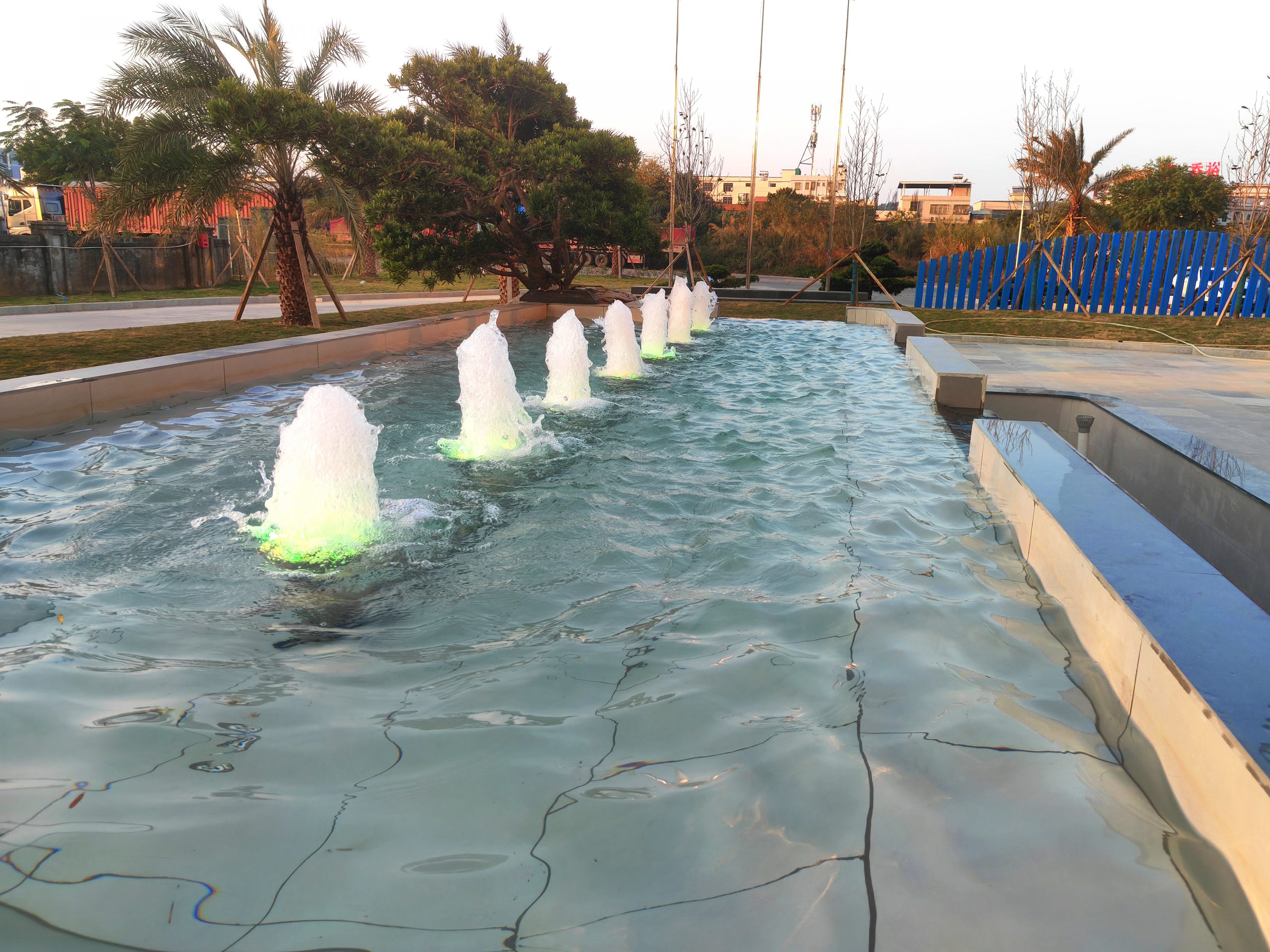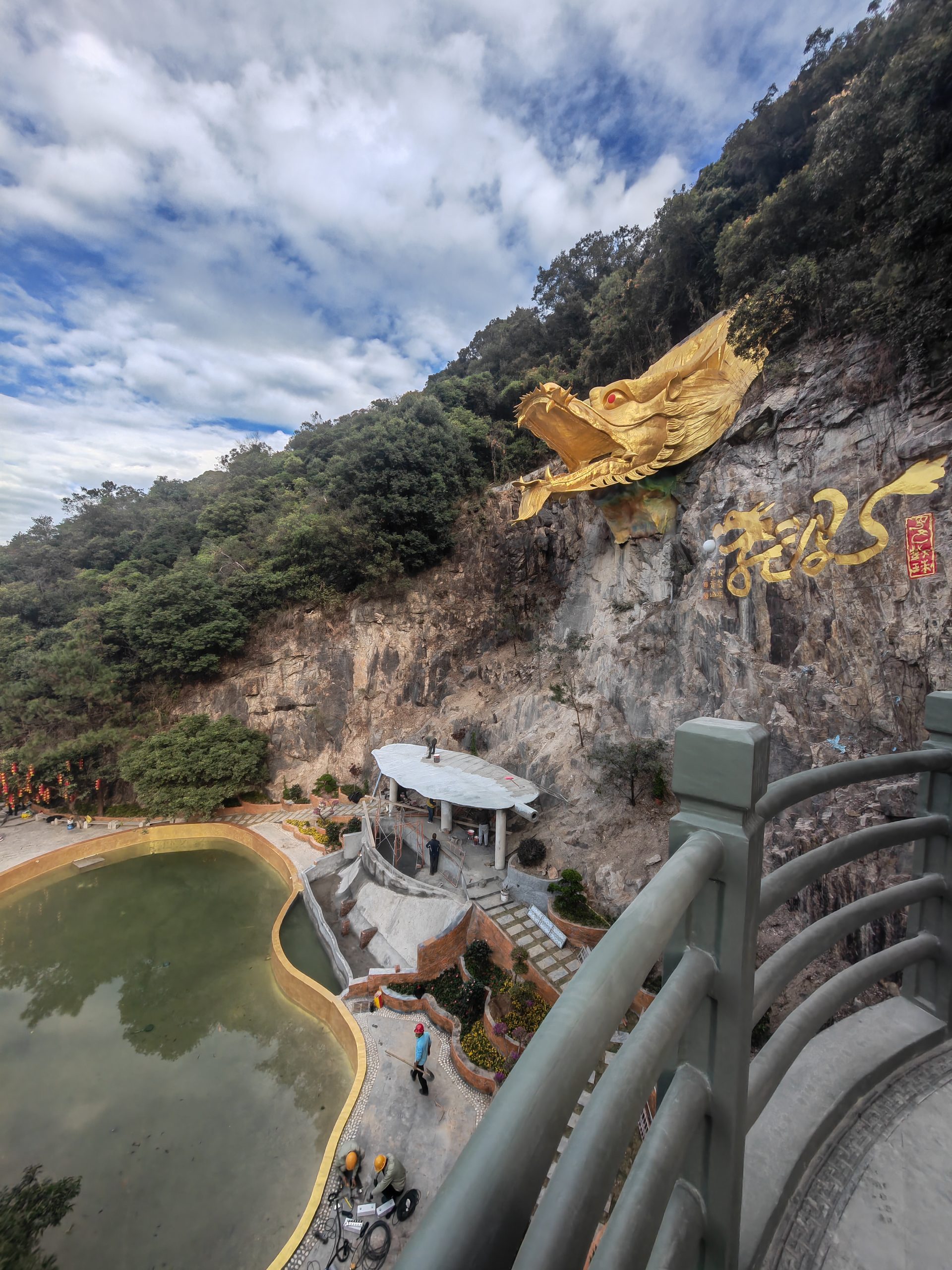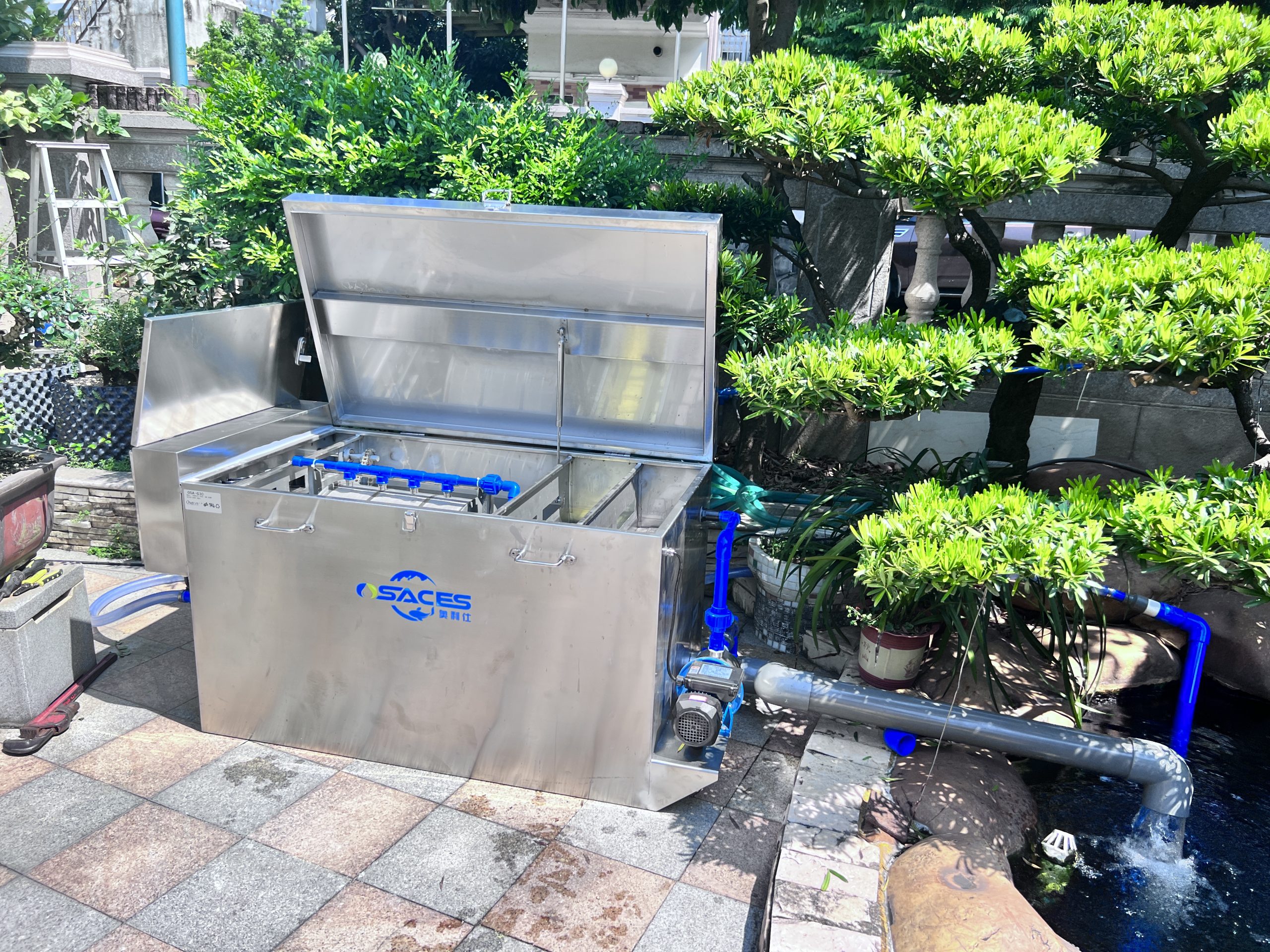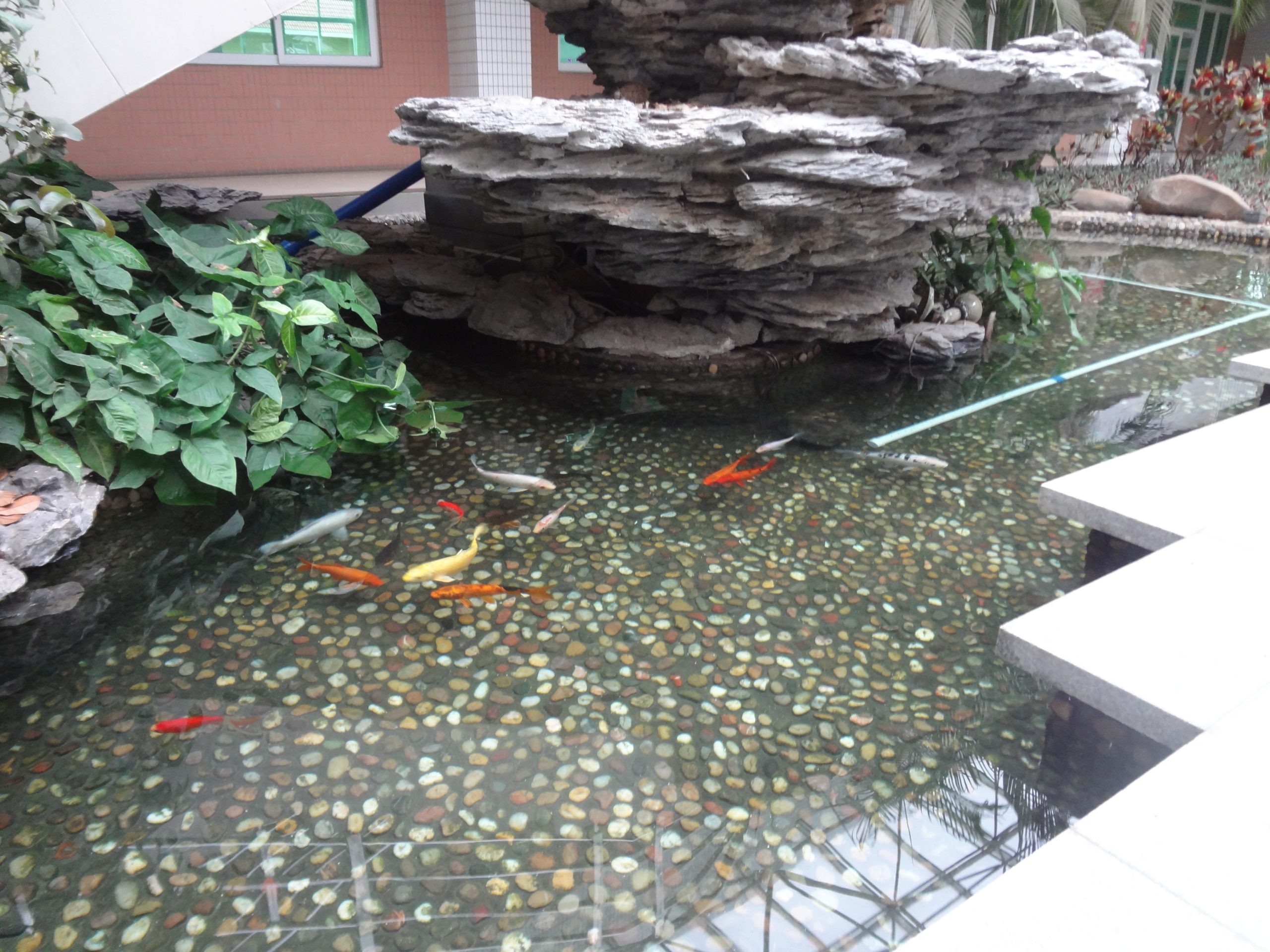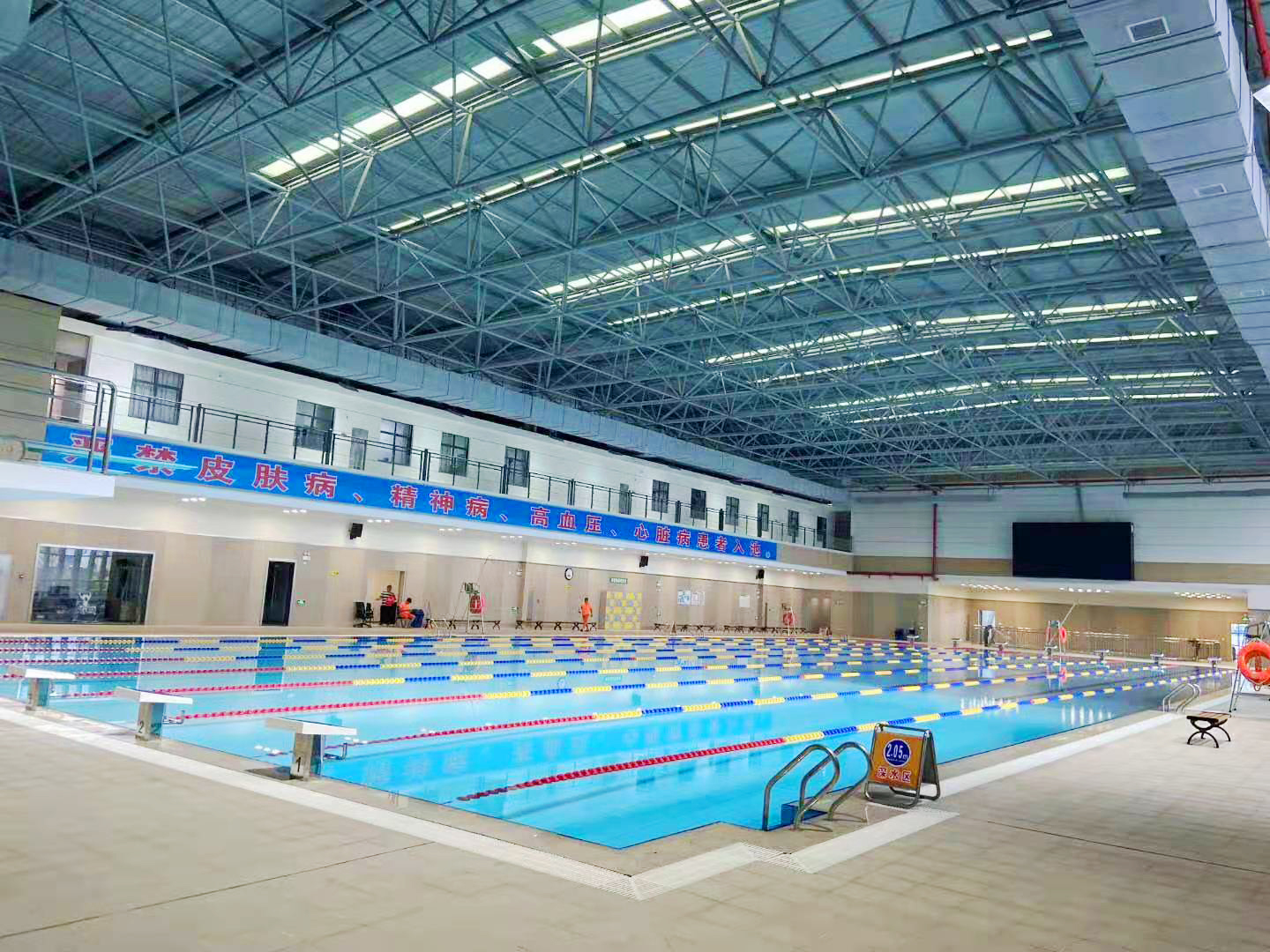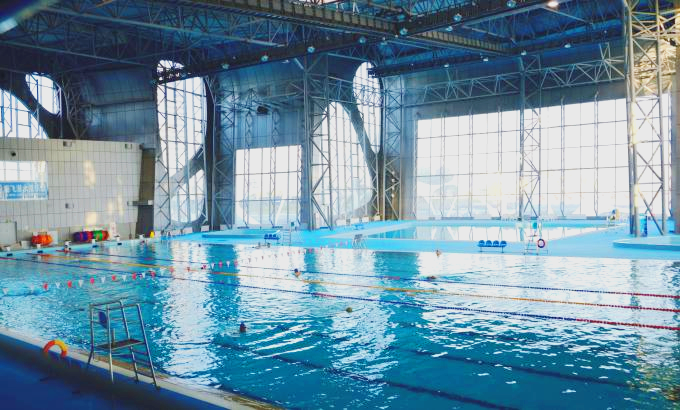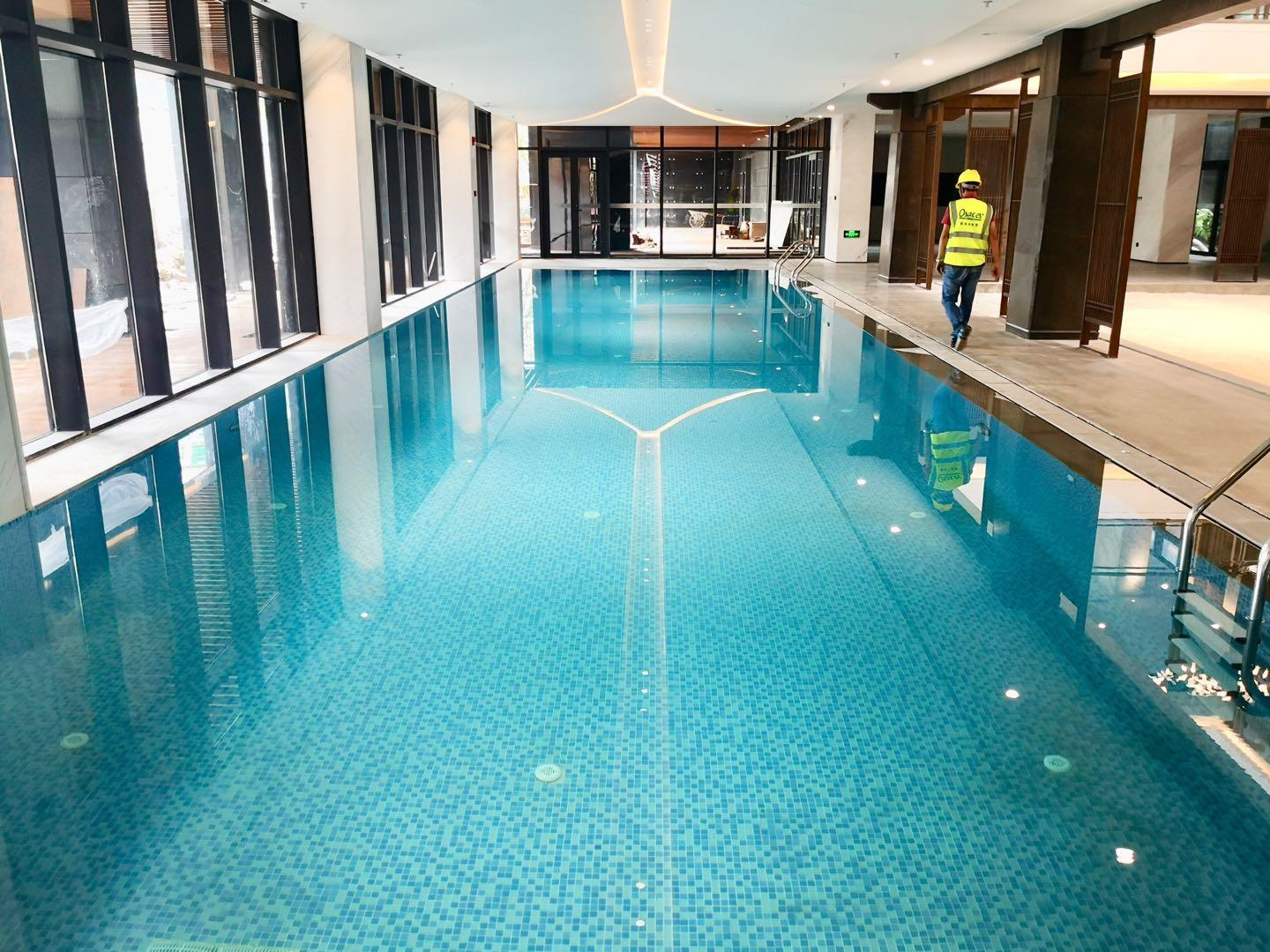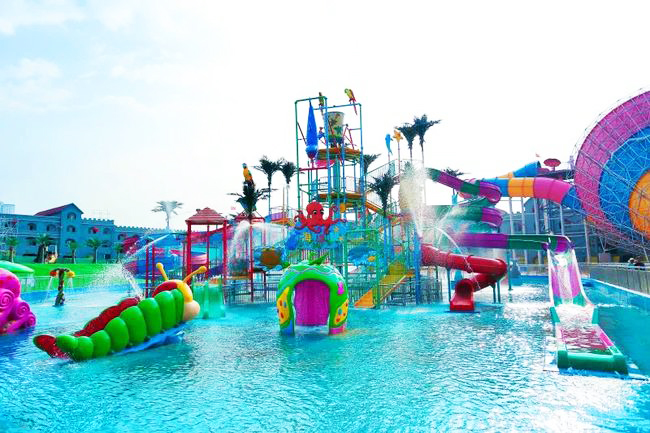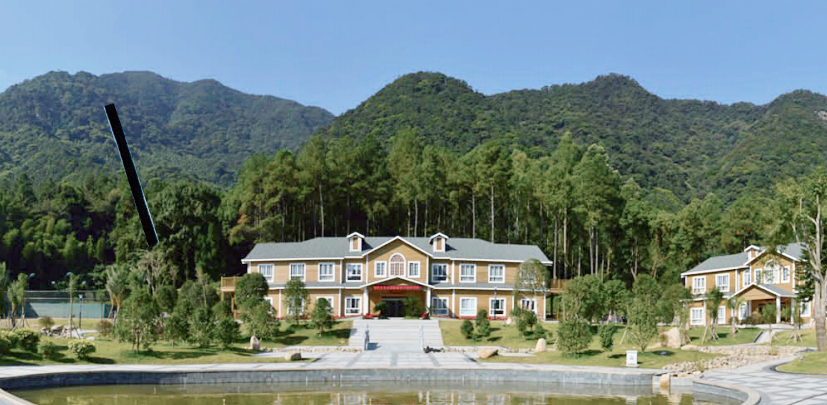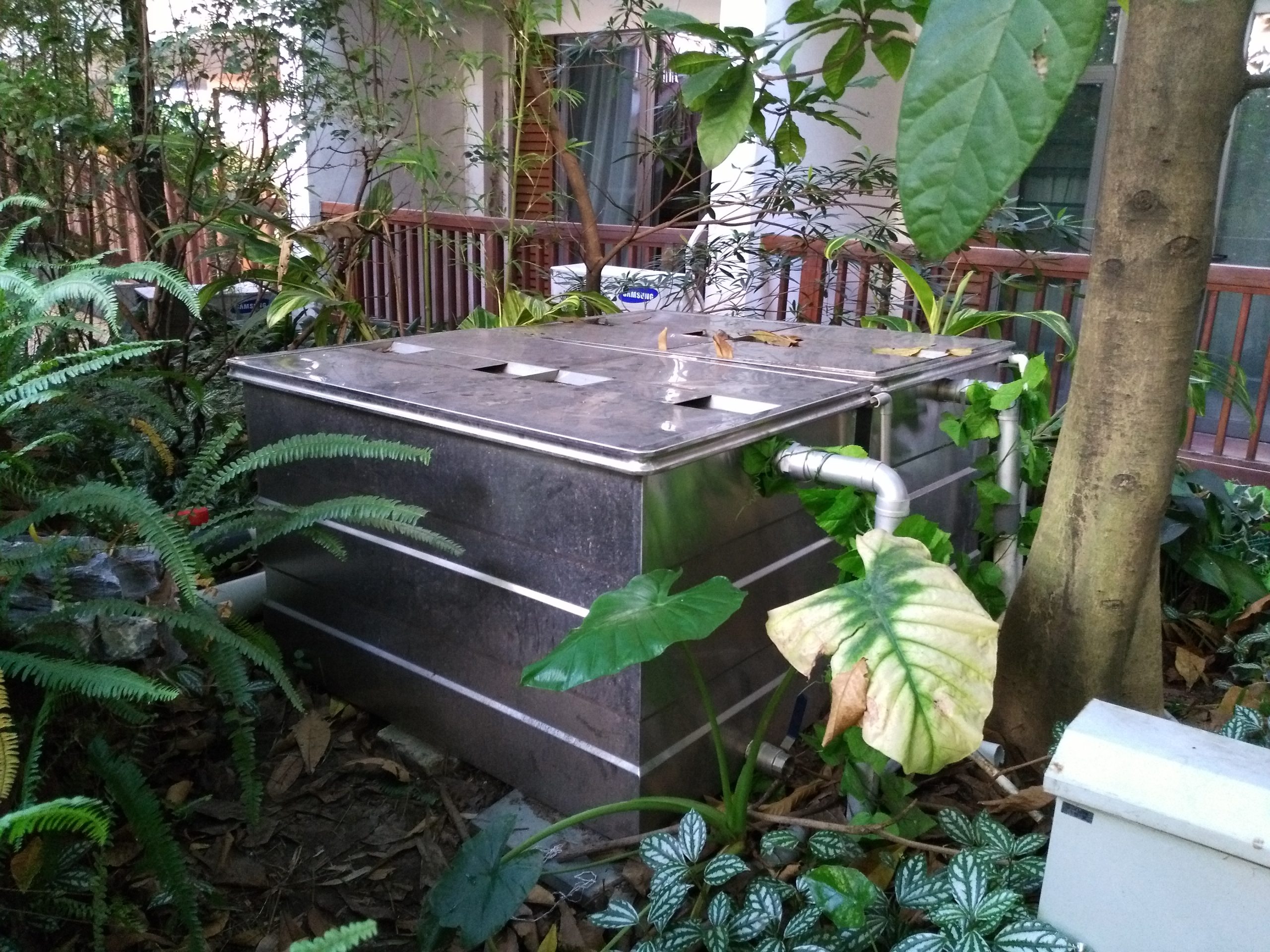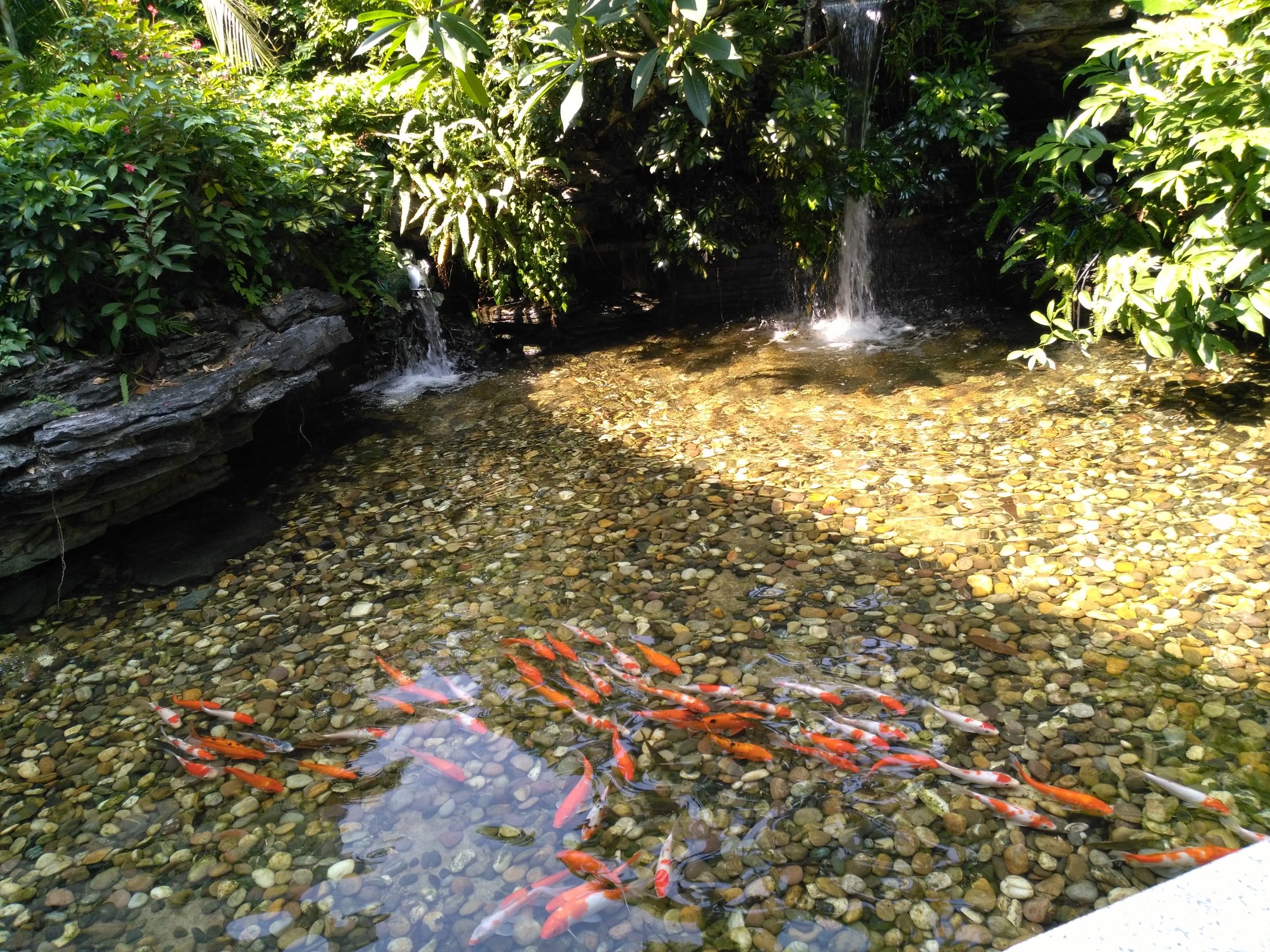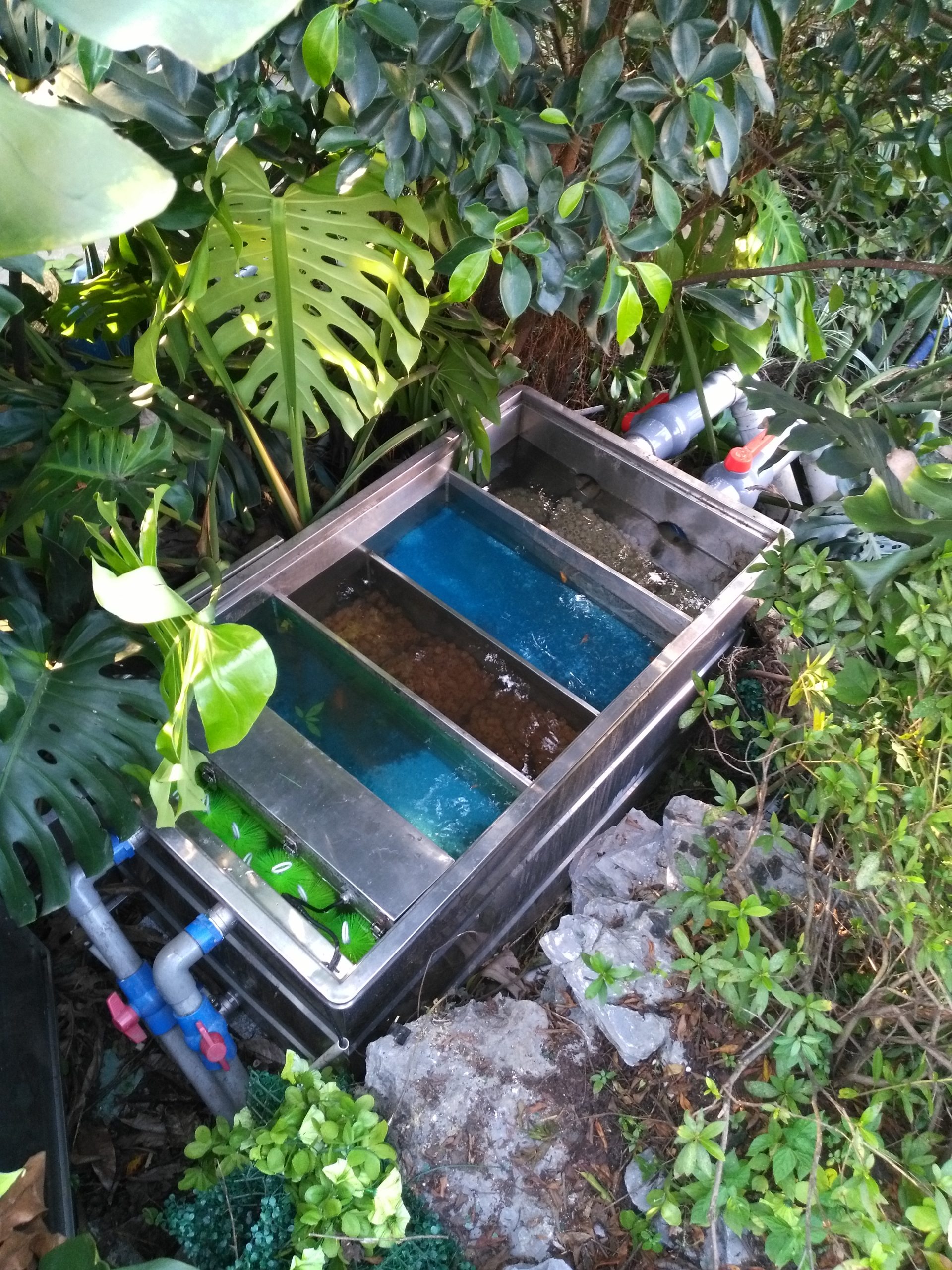common problems
contact details
 Ollies (Guangzhou) Recreation and Sports Equipment Co.
Ollies (Guangzhou) Recreation and Sports Equipment Co.Tel: (020) 82686289
Fax: 020-82694853
Headquarter: No.31-37, Xincun 2 Road, Shangjiang North Street, Dongzhou Village, Xintang Town, Zengcheng City, Guangzhou, Guangdong, China
Construction of fish pond filtration systems
The planning, design and construction of a fish pond filtration system is a complex and systematic process that requires comprehensive consideration of water quality maintenance, fish health, pond aesthetics and many other factors.
- Define the primary use of the fish pond (ornamental, aquaculture, swimming, etc.), which will directly affect the design of the filtration system.
- Evaluate the size of the fish pond, including parameters such as length, width, depth and water volume, in order to select the appropriate filtration equipment.
2. Understanding the needs of farmed fish

- The shape and structural design of the fish pond needs to consider the circulation and filtration effect of the water flow, and is usually constructed with stepped or natural stone to facilitate the circulation and filtration of the water.
- Based on the shape and size of the fish pond, determine the layout of the filtration system, including the placement of the water inlet, outlet and filtration equipment.
- Ensure that the water flow covers the entire pool to avoid the formation of stagnant areas.

- Calculate the required pump power and filter capacity to ensure that the water circulation needs of the fish pond can be met.
- Select the appropriate filter media, such as filter cotton, filter sand, and bioballs, to achieve the best filtration effect.
- Consider the brand, quality and after-sales service of the equipment to ensure its stability and durability.
- Develop a detailed construction plan that specifies the steps and time schedule for each section of the construction.
- Prepare materials and tools needed for construction to ensure smooth construction.
- Install the necessary utility lines to provide power and water to the filtration system.


- Installation of pumps and filters, fixing the equipment in the intended position according to the design plan.
- Connect inlet and outlet pipes to ensure unobstructed water flow.
- After the installation is completed, the filtration system is fully debugged to ensure that each piece of equipment operates properly.
- Check water flow, water pressure and water quality and adjust equipment parameters for optimal filtration.

- Regularly check the operation of the filtration equipment and clean the filter media to ensure efficient operation of the system.
- Regular replacement of chemical filter media to maintain clean and consistent water quality.
- Regularly test water quality indicators such as pH, ammonia, nitrite, etc. and adjust accordingly based on the test results.
- Regular maintenance of pumps, filters and other equipment to prevent the filtering effect from being affected by aging or damage to the equipment.
For more details, please inquire: 020-82686289 or search the official website for more information: www.osaces.com.
Related content
- Don't let rotting tails affect the koi's aesthetics
- What kind of water is good for fish? Talking more about green water for fish
- What to do if the water in your fish pond is unclear? How to keep the water fresh and clear
- Are you ready for the golden age of koi growth?
- What causes new koi to get sick easily?
- Case Sharing--Foshan Shunfeng Mountain Park 3600 square meters landscape pool purification project
- Case Sharing||Huizhou-- Intelligent Terminal Beidou Industry Production Project Fountain Fish Pond Purification Project
- Guangdong Guanyinshan National Forest Park 300m³ landscape fish pond purification project

